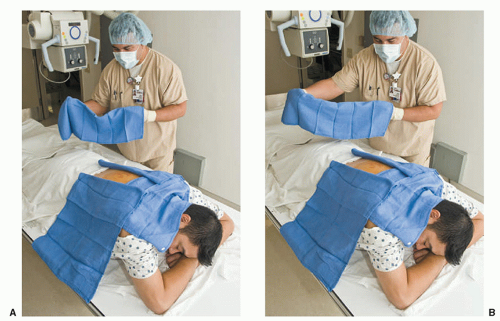

Procedures followed to protect personnel from contact with the blood and body fluids of patients.Īrea around the site of incision into tissue or the site of introduction of an instrument into a body orifice that has been prepared using sterile supplies and equipment. Item is sterile to its highest degree.Īwareness of sterile, unsterile, clean, and contaminated areas, objects, and individuals and their proximity to each other.

Transmission of microorganisms from patient to patient or from inanimate object to patient.Ĭleaning and disinfecting or sterilizing processes carried out to make contaminated items safe to handle.Ĭhemical or mechanical (friction) destruction of pathogens. Method to prevent contamination by microorganisms.Ī material used to reduce or inhibit the migration or transmission of microorganisms in the environment: personnel attire and gowns, furniture and patient drapes, equipment and supply packaging, and ventilating filters.
#Asepsis technique and nurse skin
Used primarily on skin to stop the growth of resident flora.Ībsence of microorganisms that cause disease. Inorganic chemical compounds that combat sepsis by inhibiting the growth of microorganisms without necessarily killing them. The structured questionnaire had two major sections demographics section and section that investigated the knowledge of the nurses on antiseptic techniques.Prevention of sepsis by exclusion, destruction, or inhibition of growth or multiplication of microorganisms from body tissues and fluids. The instrument used for data collection was a well-structured questionnaire designed according to the objectives. All 20 nurses who constantly came in contact with patients with septic wounds for dressing working at the surgical unit were included in the study.

All 20 nurses who constantly came in contact with patients with septic wounds for dressing working at the surgical unit were given informed consent and after approval to participate in the study were administered questionnaires. Our study population were nurses working at the surgical unit. The study took place at the surgical unit of the Bamenda Regional Hospital, Cameroon. A cross-sectional study was carried out through the administration of a structured questionnaire to healthcare providers (nurses) of the Bamenda Regional Hospital.

In Cameroon there is inadequate data regarding nurse’s knowledge, practices and the barriers they faced in the implementation of aseptic techniques thus giving the investigators the motivation to carry out this investigation. Preventing surgical site contamination requires the efforts of all in involved in care of the patient to use their theoretical knowledge and experience in aseptic practices to provide patients with optimal care resulting in positive outcomes. The goal of aseptic technique is to reach asepsis and each healthcare setting has its own principles and guidelines in achieving asepsis. Compliance with these techniques for infection control is important for the safety of patients and personnel’s as this will reduce nosocomial infections in the units and resulting in patients’ shorter stay in the hospital thus a cost reduction in medical aids unlike when there are infections which will results in increased intuitional cost due to a longer stay in hospital admissions. While asepsis applies to both medical and surgical procedures which is the absence of potential pathogenic micro-organisms. Aseptic technique is the use of practices and procedures such as hand hygiene, non-touch techniques, appropriate aseptic field, sterilized equipments and cleaning existing key parts to minimize the presence of disease causing pathogens.


 0 kommentar(er)
0 kommentar(er)
